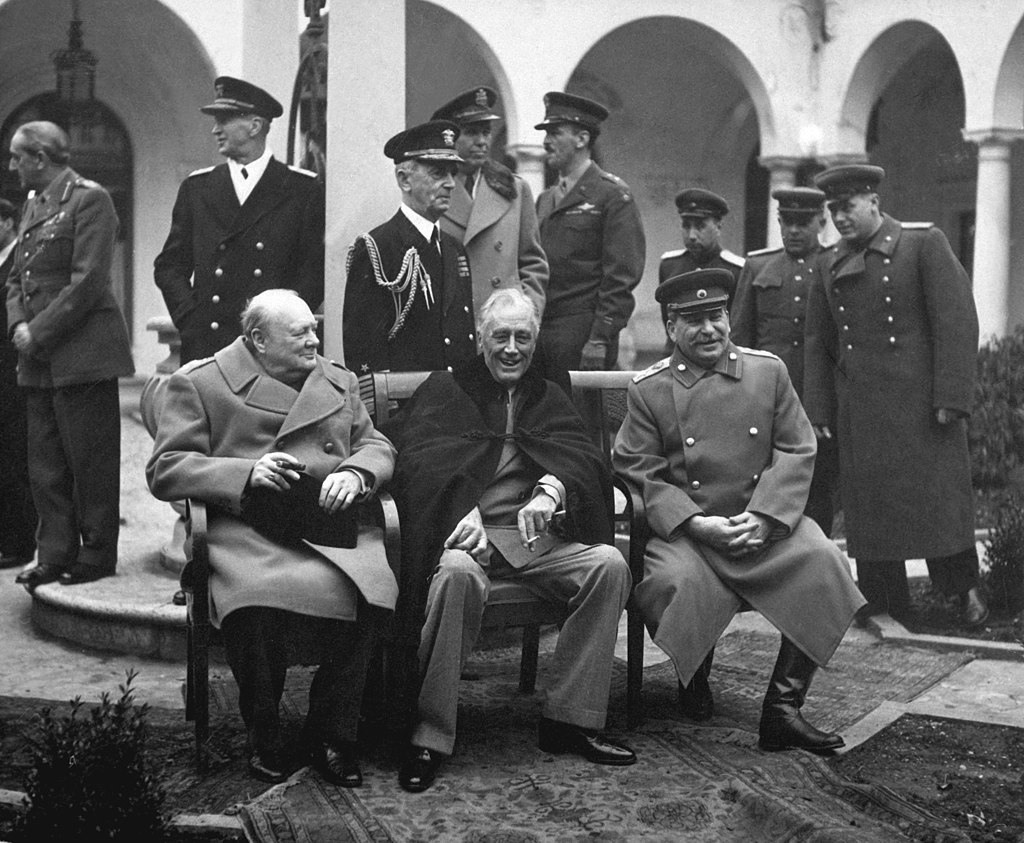The Inflationary Epoch represents a pivotal moment in the early universe, occurring approximately 10^-36 to 10^-32 seconds after the Big Bang. This brief yet transformative period is characterised by an exponential expansion of space, which fundamentally altered the trajectory of cosmic evolution. The concept of inflation was first proposed by physicist Alan Guth in 1980, as a solution to several perplexing problems associated with the standard Big Bang model, such as the horizon problem, flatness problem, and the absence of magnetic monopoles.
The notion that the universe underwent a rapid expansion during its infancy has since gained traction, reshaping our understanding of cosmology and the fundamental nature of the universe. During this epoch, the universe expanded at an astonishing rate, far exceeding the speed of light. This rapid inflation smoothed out any irregularities and homogenised the distribution of matter and energy across vast distances.
As a result, the universe we observe today appears remarkably uniform on large scales, despite the presence of localised structures such as galaxies and clusters. The implications of this period extend beyond mere expansion; they touch upon the very fabric of spacetime and the fundamental forces that govern cosmic evolution.
Summary
- The Inflationary Epoch refers to a period of rapid expansion in the early universe, shortly after the Big Bang.
- Theoretical framework of the Inflationary Epoch is based on the idea of a scalar field driving a period of exponential expansion.
- Exponential expansion of the universe during the Inflationary Epoch is believed to have solved several long-standing cosmological problems.
- Evidence for the Inflationary Epoch includes the cosmic microwave background radiation and the distribution of galaxies in the universe.
- Inflation played a crucial role in the formation of large-scale structures in the universe, such as galaxies and galaxy clusters.
Theoretical Framework of Inflationary Epoch
The theoretical framework underpinning the Inflationary Epoch is rooted in quantum field theory and general relativity. At its core, inflation posits that a scalar field, often referred to as the “inflaton,” drove the rapid expansion of the universe. This field is hypothesised to have a potential energy that dominated over kinetic energy during the early moments of cosmic history.
As the inflaton field rolled down its potential energy curve, it caused a dramatic increase in the size of the universe. The dynamics of this scalar field are described by a set of equations derived from Einstein’s field equations, which relate the geometry of spacetime to the distribution of matter and energy. The inflationary model introduces a mechanism for generating density fluctuations through quantum fluctuations in the inflaton field.
Exponential Expansion of the Universe

The exponential expansion during the Inflationary Epoch can be likened to a balloon being inflated rapidly; as it expands, points on its surface move away from each other at an accelerating rate. This analogy captures the essence of how distances between points in space increased dramatically during this brief period. The scale factor, which describes how distances in the universe change over time, experienced an exponential growth that dwarfed any subsequent expansion.
This rapid expansion had profound implications for the uniformity of the universe. Prior to inflation, quantum fluctuations existed on microscopic scales; however, as space expanded exponentially, these fluctuations were stretched to macroscopic scales. This stretching process smoothed out any initial irregularities, leading to a homogeneous and isotropic universe on large scales.
The result was a cosmos that appeared remarkably uniform, with only slight variations in density that would later give rise to galaxies and other structures.
Evidence for the Inflationary Epoch
Evidence supporting the Inflationary Epoch comes from various observational data that align with predictions made by inflationary models. One of the most compelling pieces of evidence is found in the Cosmic Microwave Background (CMB) radiation, which is a remnant from the early universe. The CMB exhibits tiny temperature fluctuations that correspond to density variations in the early universe.
These fluctuations are consistent with predictions from inflationary theory, suggesting that they originated from quantum fluctuations in the inflaton field. Additionally, large-scale structure surveys provide further corroboration for inflationary models. Observations of galaxy distributions reveal patterns that align with those expected from inflationary scenarios.
The statistical properties of these structures, such as their clustering behaviour and correlation functions, match predictions derived from inflationary cosmology. Furthermore, gravitational wave observations from events like binary black hole mergers have opened new avenues for testing inflationary models, as they may provide insights into primordial gravitational waves generated during inflation.
Role of Inflation in the Formation of Structures
The Inflationary Epoch plays a crucial role in our understanding of how cosmic structures formed. The quantum fluctuations that were stretched during inflation served as seeds for density variations in the post-inflationary universe. As inflation ended and the universe transitioned into a hot, dense state known as reheating, these density fluctuations began to grow under gravitational attraction.
As matter began to clump together due to gravitational forces, regions with slightly higher density attracted more matter, leading to an amplification of these initial fluctuations. Over billions of years, this process resulted in the formation of galaxies, clusters, and larger cosmic structures. The intricate web-like structure observed in today’s universe can be traced back to these primordial fluctuations seeded during inflation.
The End of the Inflationary Epoch

The conclusion of the Inflationary Epoch marks a significant transition in cosmic history. As inflation came to an end, the inflaton field decayed into various particles through a process known as reheating. This event transformed the potential energy stored in the inflaton field into thermal energy, leading to a hot and dense state filled with particles and radiation.
The end of inflation also initiated a phase known as “Big Bang nucleosynthesis,” where protons and neutrons began to form and combine into light elements such as hydrogen and helium. This period set the stage for subsequent cosmic evolution, including structure formation and galaxy formation. The dynamics governing this transition are still an area of active research, with scientists seeking to understand how different inflationary models influence reheating and subsequent cosmic evolution.
Implications of the Inflationary Epoch
The implications of the Inflationary Epoch extend far beyond mere expansion; they challenge our understanding of fundamental physics and cosmology. One significant implication is related to the nature of dark energy and its role in cosmic acceleration. Some inflationary models suggest connections between inflation and dark energy, hinting at deeper underlying principles governing both phenomena.
Moreover, inflation raises profound questions about the initial conditions of our universe. The idea that quantum fluctuations could give rise to an entire cosmos suggests a level of randomness inherent in cosmic evolution. This randomness has led to discussions about multiverse theories, where different regions of space could experience varying inflationary conditions, resulting in diverse universes with distinct physical properties.
Current Understanding and Future Research
As our understanding of cosmology continues to evolve, researchers are actively investigating various aspects of the Inflationary Epoch. Current efforts focus on refining models of inflation and exploring their implications for particle physics and fundamental forces. Experiments such as those conducted by the Planck satellite have provided high-precision measurements of the CMB, allowing scientists to test predictions made by different inflationary models.
Future research aims to probe deeper into the nature of inflation through observational techniques such as gravitational wave astronomy and large-scale structure surveys.
As technology advances and our observational capabilities improve, we stand on the brink of potentially transformative discoveries that could reshape our understanding of the universe’s origins and its fundamental nature.
FAQs
What is the Inflationary Epoch?
The Inflationary Epoch is a period in the early universe, occurring approximately between 10⁻³⁶ and 10⁻³² seconds after the Big Bang, during which the universe expanded exponentially.
What caused the exponential expansion during the Inflationary Epoch?
The exponential expansion during the Inflationary Epoch is thought to have been caused by a hypothetical field called the inflaton field, which drove the rapid expansion of the universe.
What are the implications of the Inflationary Epoch?
The Inflationary Epoch is believed to have smoothed out the distribution of matter and energy in the universe, leading to the relatively uniform and isotropic universe we observe today. It also provides a potential explanation for the large-scale structure of the universe.
How is the Inflationary Epoch supported by observational evidence?
The Inflationary Epoch is supported by observational evidence such as the cosmic microwave background radiation, which exhibits a high degree of uniformity and isotropy, consistent with the predictions of cosmic inflation.
What are some of the key predictions of the Inflationary Epoch?
Some key predictions of the Inflationary Epoch include the existence of gravitational waves, which may leave an imprint on the cosmic microwave background, and the presence of primordial density fluctuations that give rise to the large-scale structure of the universe.


